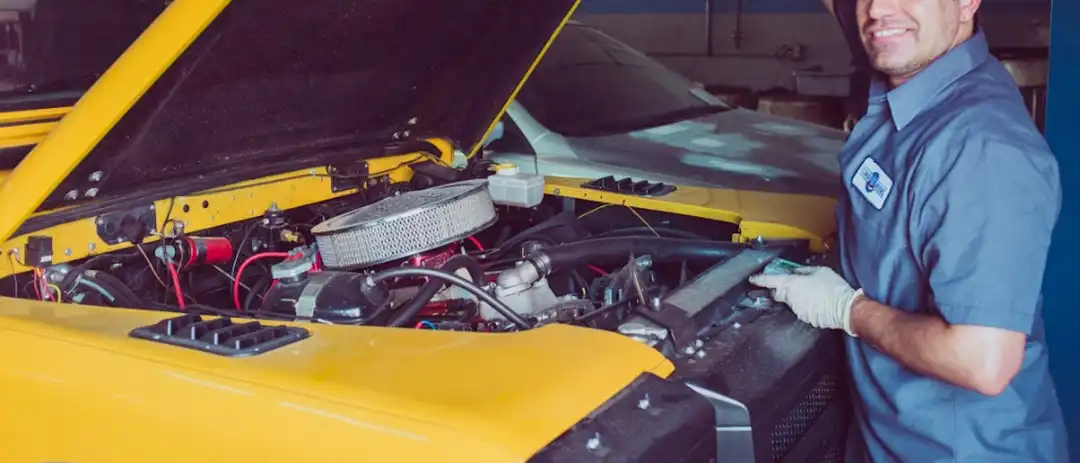- Arabic
- French
- Russian
- Spanish
- Portuguese
- Turkish
- Armenian
- English
- Albanian
- Amharic
- Azerbaijani
- Basque
- Belarusian
- Bengali
- Bosnian
- Bulgarian
- Catalan
- Cebuano
- Corsican
- Croatian
- Czech
- Danish
- Dutch
- Afrikaans
- Esperanto
- Estonian
- Finnish
- Frisian
- Galician
- Georgian
- German
- Greek
- Gujarati
- Haitian Creole
- hausa
- hawaiian
- Hebrew
- Hindi
- Miao
- Hungarian
- Icelandic
- igbo
- Indonesian
- irish
- Italian
- Japanese
- Javanese
- Kannada
- kazakh
- Khmer
- Rwandese
- Korean
- Kurdish
- Kyrgyz
- Lao
- Latin
- Latvian
- Lithuanian
- Luxembourgish
- Macedonian
- Malgashi
- Malay
- Malayalam
- Maltese
- Maori
- Marathi
- Mongolian
- Myanmar
- Nepali
- Norwegian
- Norwegian
- Occitan
- Pashto
- Persian
- Polish
- Punjabi
- Romanian
- Samoan
- Scottish Gaelic
- Serbian
- Sesotho
- Shona
- Sindhi
- Sinhala
- Slovak
- Slovenian
- Somali
- Sundanese
- Swahili
- Swedish
- Tagalog
- Tajik
- Tamil
- Tatar
- Telugu
- Thai
- Turkmen
- Ukrainian
- Urdu
- Uighur
- Uzbek
- Vietnamese
- Welsh
- Bantu
- Yiddish
- Yoruba
- Zulu
Лис . 03, 2024 02:40 Back to list
automotive drive belts
Understanding Automotive Drive Belts Essential Components of Your Vehicle
Automotive drive belts are crucial components in the operation of internal combustion engines. They are responsible for transferring power from the engine to various accessories, ensuring that your vehicle runs smoothly and efficiently. Understanding the different types of drive belts and their functions can help vehicle owners maintain their cars and prevent costly repairs.
Types of Drive Belts
There are two primary types of drive belts in automotive applications the serpentine belt and the V-belt
.1. Serpentine Belt The serpentine belt is a long, continuous belt that snakes around multiple pulleys. It typically drives various engine accessories, such as the alternator, power steering pump, water pump, and air conditioning compressor. Due to its design, the serpentine belt can transfer power to several components at once, making it efficient and space-saving. Most modern vehicles utilize serpentine belts because they are easier to install and replace compared to multiple V-belts.
2. V-Belt The V-belt is an older design that operates on a simple system of one belt per accessory. It has a V-shaped cross-section, allowing it to fit snugly into the grooves of the pulleys. While V-belts can provide excellent grip and power transfer, their requirement for multiple belts can lead to increased maintenance needs and replacement costs.
Functions of Drive Belts
Drive belts play a vital role in the operation of several key engine accessories. They perform various functions that are essential for your vehicle's performance
automotive drive belts

- Power Generation The alternator, driven by the drive belt, is responsible for producing electricity to power the vehicle's electrical systems and charge the battery. A failing drive belt can lead to battery drain and electrical malfunctions.
- Steering Assistance Power steering pumps are also powered by drive belts, allowing for easier steering. If the belt slips or breaks, drivers may notice increased difficulty in steering, making the vehicle harder to control.
- Engine Cooling The water pump is often driven by the serpentine belt, circulating coolant throughout the engine to maintain optimal operating temperatures. A malfunctioning drive belt can lead to overheating, causing potential engine damage.
- Climate Control The air conditioning compressor, which cools the cabin, is typically integrated into the drive belt system. A worn or broken belt can lead to reduced performance or total failure of your vehicle’s AC system.
Maintenance and Replacement
Monitoring the condition of your drive belts is essential for vehicle maintenance. Over time, belts can wear, crack, or stretch, leading to reduced performance or failure. Signs of a failing belt include squeaking or chirping noises, visible cracks or fraying, and difficulty in operating accessories.
Most manufacturers recommend inspecting and replacing the serpentine belt every 60,000 to 100,000 miles. Regular maintenance checks can help catch issues before they escalate, saving drivers from unexpected breakdowns.
In conclusion, automotive drive belts are integral to the proper functioning of many essential components within your vehicle. Understanding their types, functions, and maintenance needs can help car owners ensure a smoother driving experience and prolong the lifespan of their vehicles. Regular inspections and timely replacements of drive belts can lead to better vehicle performance and peace of mind on the road.
-
Korean Auto Parts Timing Belt 24312-37500 For Hyundai/Kia
NewsMar.07,2025
-
7PK2300 90916-T2024 RIBBED BELT POLY V BELT PK BELT
NewsMar.07,2025
-
Chinese Auto Belt Factory 310-2M-22 For BMW/Mercedes-Benz
NewsMar.07,2025
-
Chinese Auto Belt Factory 310-2M-22 For BMW/Mercedes-Benz
NewsMar.07,2025
-
90916-02660 PK Belt 6PK1680 For Toyota
NewsMar.07,2025
-
drive belt serpentine belt
NewsMar.07,2025

